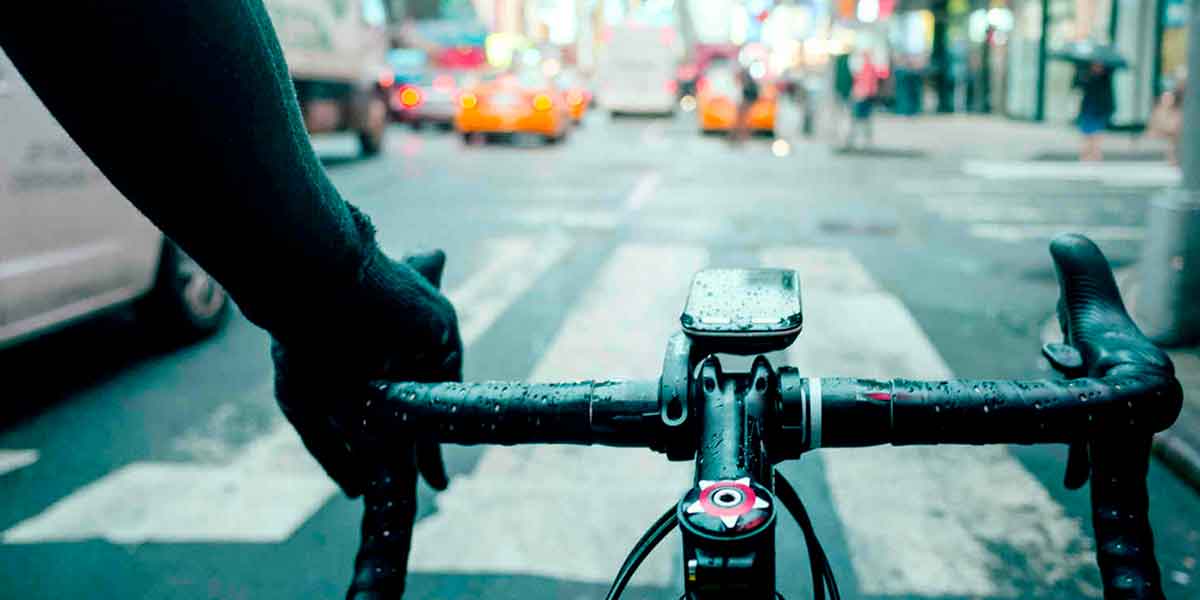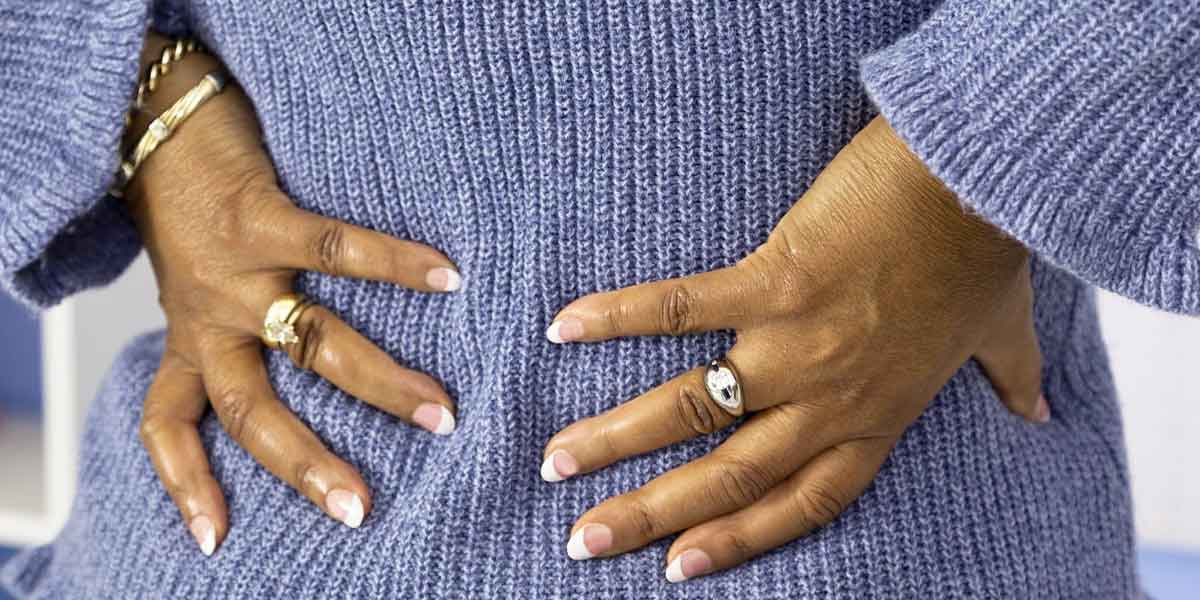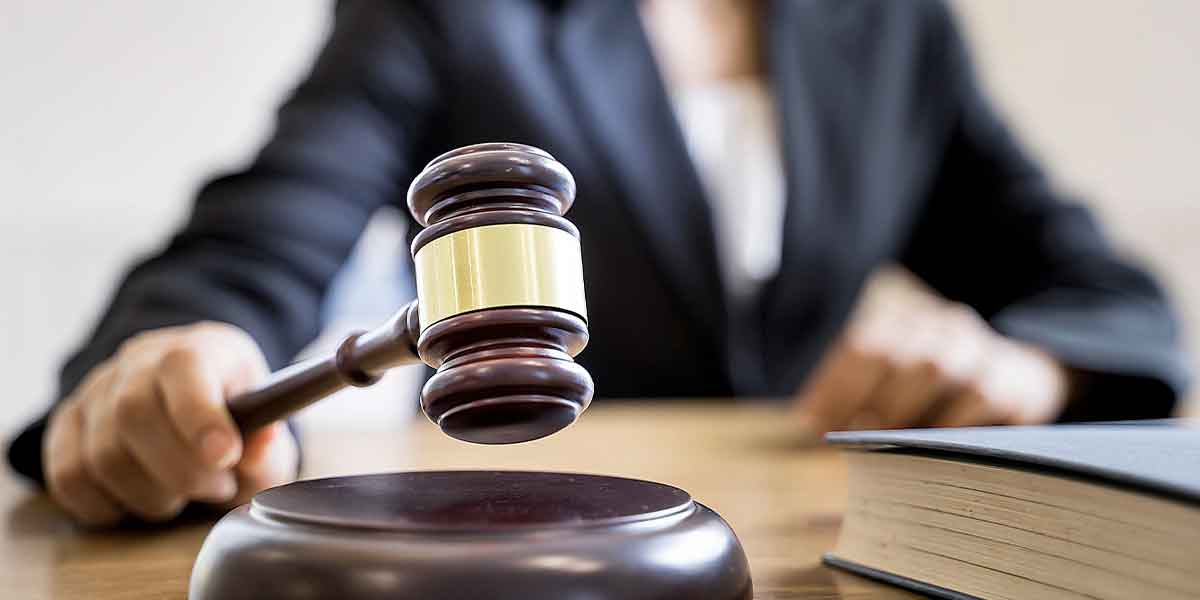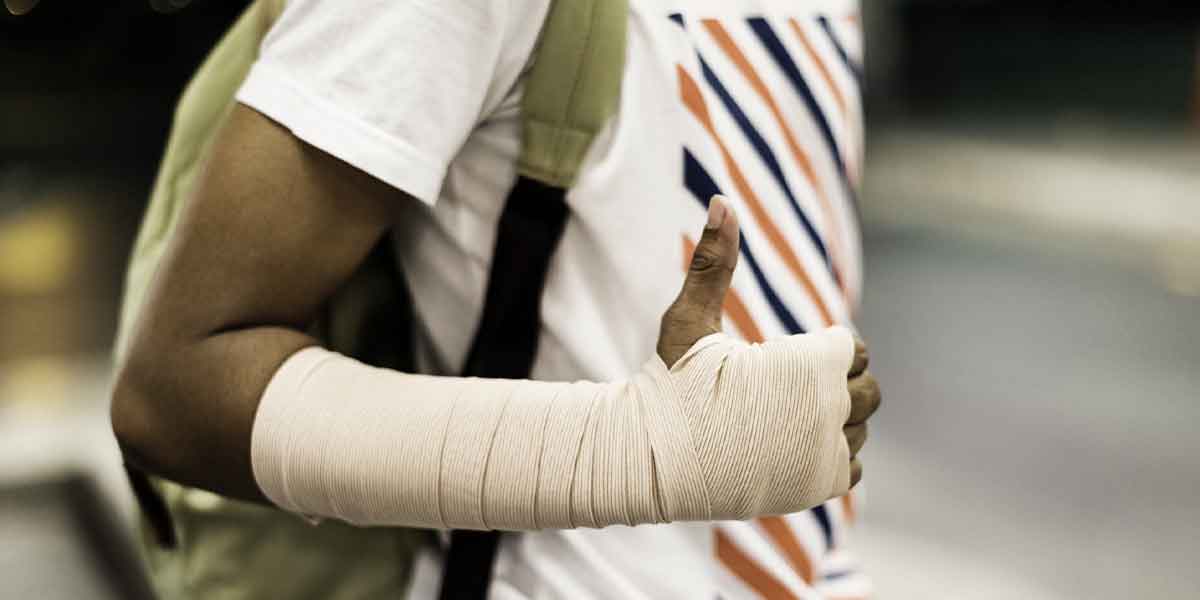New York is one of the most populous states in the U.S. With over 8 million people living in New York City alone, it’s little wonder that streets here are constantly bustling. The sheer number of drivers on the road makes it difficult to get around the city by car. Consequently, many people opt for using a bicycle instead. And while it is much easier to maneuver through New York streets on a bicycle, it is also much more dangerous. Cyclists are more exposed to hazards whereas drivers are encased and protected in their vehicles. As such, both cyclists and drivers must be vigilant at all times and share the road for the safety of one another. However, accidents between bicycles and automobiles do happen, and when they do, there is always the question of who is at fault. Both cyclists and drivers are trying to navigate busy streets, but follow vastly different guidelines in order to do so. Here we’ll explore how cyclists must traverse city streets while facing the dangers posed by other vehicles.
Risks for cyclists on the road
In a vast majority of motor vehicle accidents, the driver who failed to safely conduct their vehicle on the road is usually the one at fault. However in an accident between a bicycle and car, it is not always clear who was practicing safe driving or riding and who wasn’t. Many people don’t know that in New York, laws for riding a bike are essentially the same those for driving a car, which leaves cyclists at the mercy of their motorized counterparts. Consequently, cyclist often have to improvise the way they follow the rules of the road for the sake of their safety. For example, it is against the law to drive a vehicle or ride a bicycle on a sidewalk. Drivers are to use the road and cyclists are to use designated bike lanes. However, bike lanes are often blocked by parked cars or delivery vehicles, both of which can pose a danger to cyclists by forcing them to maneuver onto a busy road. The sudden opening of a car door is another hazard cyclists face with parked vehicles along bike lanes. As such, cyclist may find that they have no choice but to ride on the sidewalk for a portion of their bike travel.
The counter to this is that in the absence of a designated bike lane, cyclists should use main roadways just like any other vehicle. While this is indeed the rule for bicycles, in practice it is extremely risky. Drivers often don’t give the same consideration to cyclists as they do to other vehicles. For example, according to the law, when there is no designated bike lane cyclists are supposed to be permitted to use a road lane to ride in. However, cyclist often find themselves pushed to the edge of the road as cars drive dangerously close to them in an effort to pass them by. It is understood that vehicles must share the road with bicycles, but the reality is that cyclists often have to squeeze through where they can.
Determining who is at fault
The following examples illustrate some common incidents where cyclists face serious dangers as they try to share the road with other vehicles:
-A cyclist who is traveling in a lane may be hit by a driver who failed to use their signal when making a right turn
-A cyclist who is traveling in a lane may be hit by a driver who is trying to pass
-A cyclist using a designated bike lane may be hit by a car door opening as they ride past
It should be noted that although cyclists usually bear the worst part of an accident, the person who failed to follow the laws and regulations of the road is usually the person at fault, regardless of whether they were riding a bike or driving a vehicle. However, there can be times when both cyclist and driver are at fault to some degree. For example, if a driver makes an illegal right turn and strikes a cyclist riding along a crosswalk, both cyclist and driver would be at fault. The cyclist should not have been riding along a crosswalk. Likewise, the driver should definitely not have made an illegal right turn. In cases like these, courts will reward damages depending on the degree to which each person was at fault as well as the injuries sustained. As drivers are usually uninjured in these types of collisions, cyclists are more likely to benefit from this comparative approach.
If you have been injured in an accident between a bicycle and vehicle, get in touch with Novo Law Firm PC. We know that this type of collision can cause confusion and concern over who is at fault, but our attorneys have years of experience handling cases like these. Contact our legal team today.







